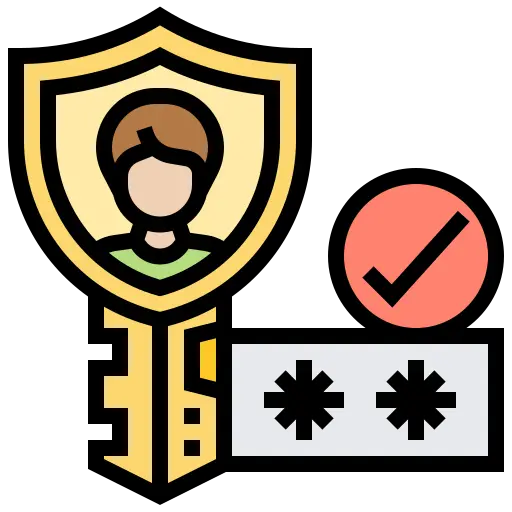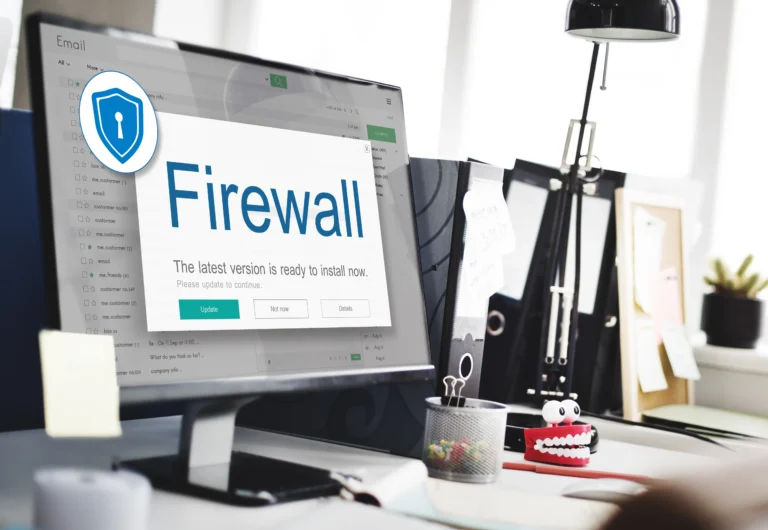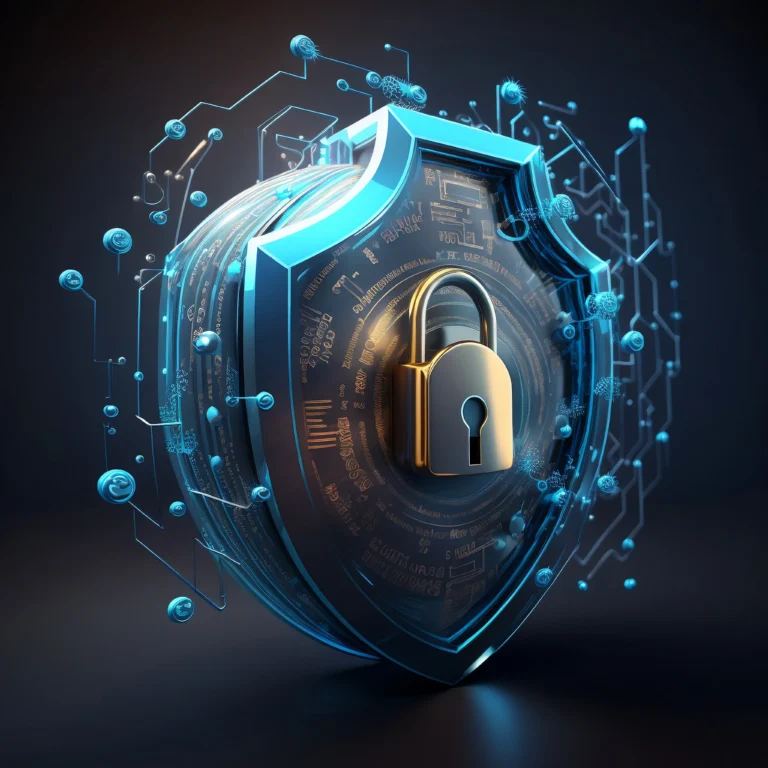Authentication: Unlock Its Power
Discover how to ensure secure access to your resources with the latest authentication techniques. Learn the benefits and best practices for authentication.

Introduction
Access management and authentication are crucial aspects of securing sensitive information and resources in today’s digital world. The traditional methods of authentication, such as passwords, are no longer enough to provide adequate security. With the increasing number of data breaches and cyber threats, it’s crucial to adopt the latest and most secure authentication techniques. In this article, we’ll explore the various benefits and best practices of secure authentication and how they can help you unlock the full potential of your resources.
The Importance of Access Management and Authentication
Access management is the process of controlling who has access to what resources in an organization. It involves defining user roles, granting and revoking permissions, and ensuring that only authorized individuals have access to sensitive information.
Authentication, on the other hand, is the process of verifying the identity of a user before granting access to resources. The objective is to ensure that the person accessing the resources is who they claim to be.
Together, access management and authentication form the cornerstone of a robust security system that helps organizations protect their resources from unauthorized access and cyber threats.

The Benefits of Secure Authentication
Secure authentication provides several benefits that make it an essential aspect of access management. These benefits include:
- Increased security: Secure authentication techniques such as multi-factor authentication (MFA) and biometrics provide an added layer of security that makes it difficult for unauthorized individuals to access resources.
- Improved user experience: Modern authentication techniques are user-friendly and easy to use, which improves the overall user experience.
- Better compliance: By adopting secure authentication techniques, organizations can ensure compliance with industry regulations and standards, such as the General Data Protection Regulation (GDPR) and the Payment Card Industry Data Security Standard (PCI DSS).
- Increased trust: By using secure authentication techniques, organizations can establish trust with their customers, partners, and employees. This trust can help build stronger relationships and improve overall business performance.

Best Practices for Secure Authentication
To unlock the full potential of secure authentication, it’s crucial to adopt best practices. These best practices include:
- Adopting multi-factor authentication (MFA): MFA adds an extra layer of security by requiring users to provide two or more forms of authentication before accessing resources. This can include a password, a security token, or biometric verification.
- Implementing strong password policies: Strong passwords are essential to secure authentication. Organizations should enforce strong password policies that require users to create unique and complex passwords that are regularly updated.
- Using biometrics: Biometrics such as fingerprints, iris scans, and facial recognition provide a secure and convenient form of authentication.
- Regularly monitoring and auditing access: Organizations should regularly monitor and audit access to resources to detect any unauthorized access attempts and take necessary action.

FAQs
What is the difference between access management and authentication?
Access management is the process of controlling who has access to what resources in an organization. Authentication is the process of verifying the identity of a user before granting access to resources.
Why is secure authentication important?
Secure authentication is important because it provides an added layer of security that helps protect resources from unauthorized access and cyber threats. It also improves the overall user experience and helps organizations comply with industry regulations and standards.
What are the benefits of secure authentication?
The benefits of secure authentication include increased security, improved user experience, better compliance with industry regulations and standards, and increased trust with customers, partners, and employees.
What are the best practices for secure authentication?
The best practices for secure authentication include adopting multi-factor authentication (MFA), implementing strong password policies, using biometrics, and regularly monitoring and auditing access to resources.







